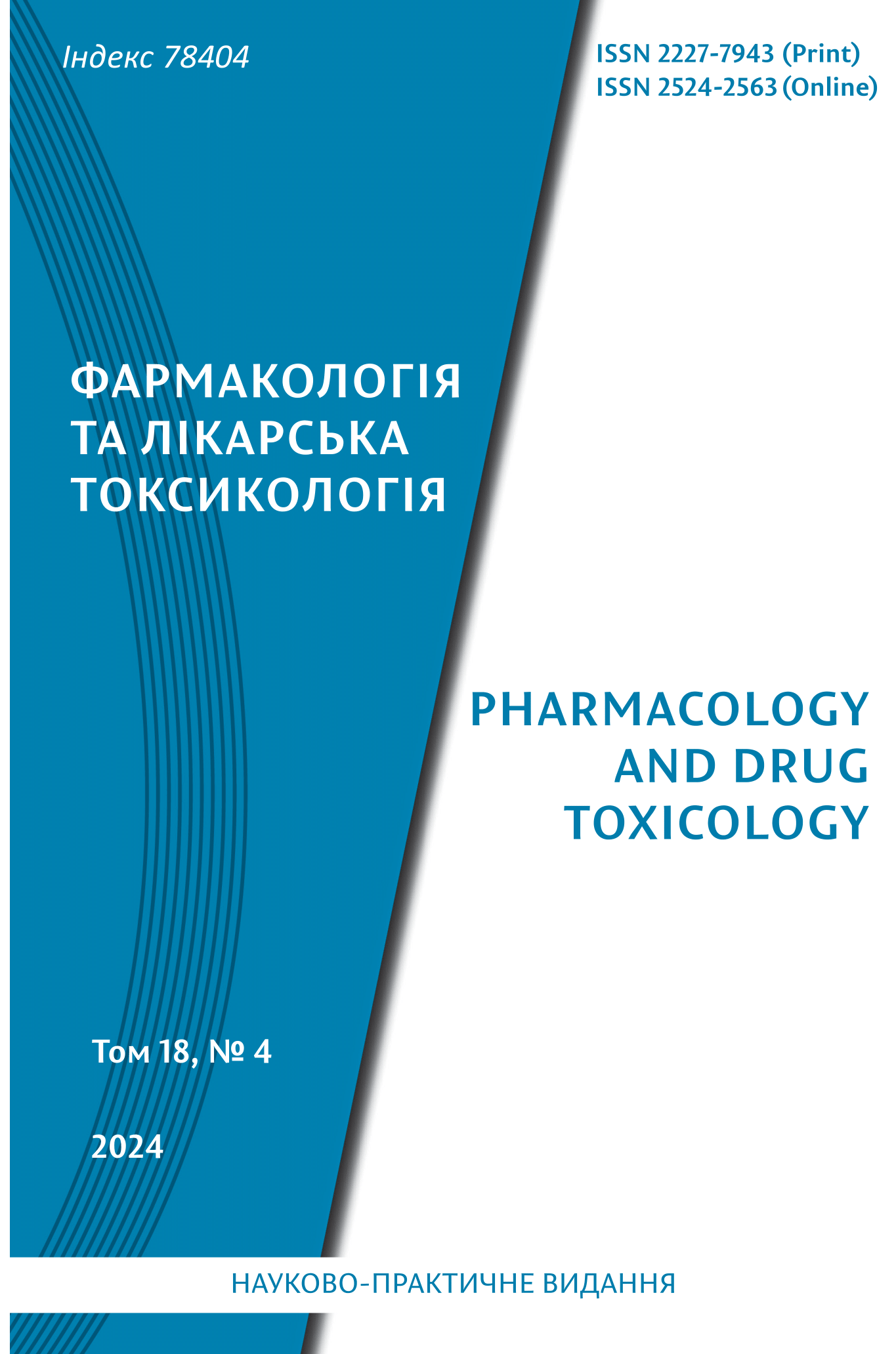Abstract
Today, dentistry is the most common type of medical care for the population. However, when given, there are risks of anaphylactic shock and other adverse reactions (in particular when using of local anesthetics), which indicates the seriousness of the problem.
The aim of the study – was to conduct pharmacovigilance study regarding the assessment of local anesthetics safety at providing dental care in the Kharkiv region for 2021.
The method of spontaneous reports about adverse reactions from dentists of health care institutions in the Kharkiv region was used in the study. The results of the analysis showed that 4% of cases of adverse reactions from the total number of reports occurred during anesthesia in dental practice.
The prevalence of adverse reactions during anesthesia was 2 cases per 100,000 population. Most often, adverse reactions occurred in young and middle-aged women, which accounted for 29.8% and 22.9% of cases, respectively. In the notification cards, 105 adverse reactions for 6 drugs were registered, 27.6% of them containing articaine as an active substance and 72.4% – lidocaine hydrochloride. Analysis according to different classifications showed that most adverse reactions are registered from the central nervous system (dizziness, weakness) – 80%, these reactions are non-serious, predictable adverse reactions and belong to type A (frequent). The most common adverse reactions of local anesthetics occurred during the treatment of acute apical periodontitis of pulpal origin – 60% of cases.
So, the data obtained confirm the high level of local anesthetics safety at providing dental care in health care institutions of the Kharkiv region.
